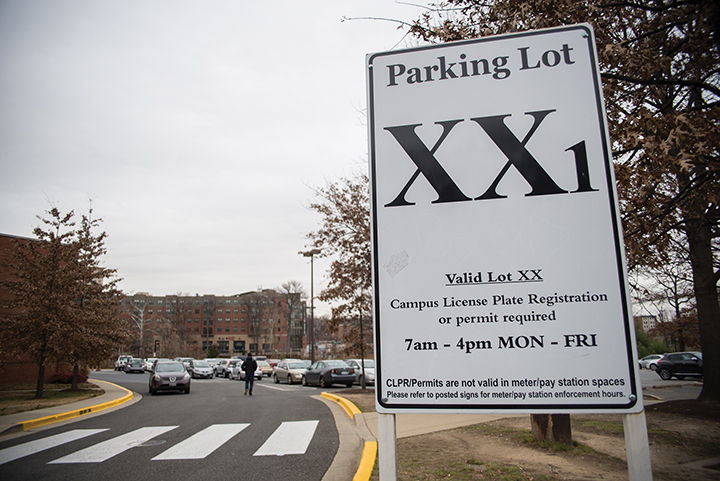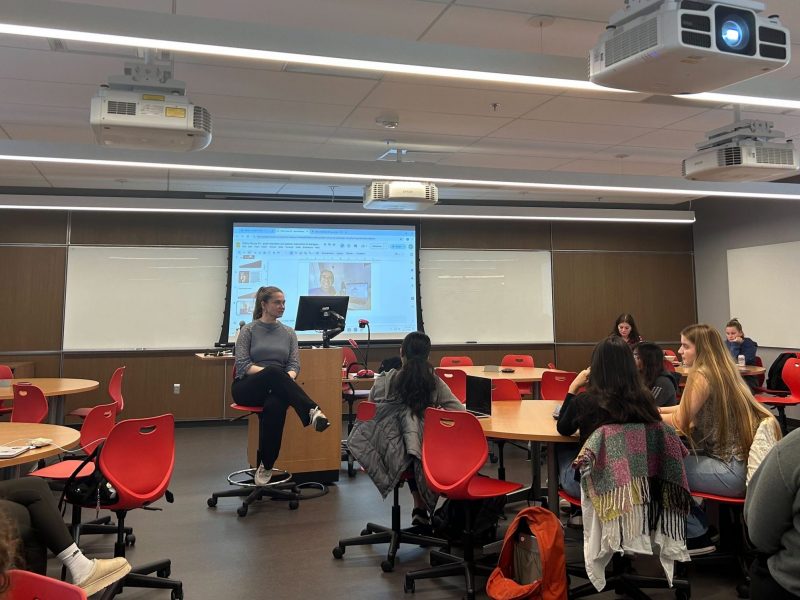
The plan to eliminate resident parking makes sense in the long run
Sustainability engineers at this university have been creating and building a retention cell to control stormwater runoff in the parking lot along Route 1 and near the A.V. Williams Building.
The stormwater retention cell is a project that Maryland Sustainability Engineering has designed and implemented through a partnership with this university’s Facilities Management over the past two years, said senior Anthony Aquino, the MDSE local project leader.
The materials for executing the project in Lot XX1 cost approximately $4,000, excluding labor and equipment.
“The location was chosen due to high visibility of students passing by, which will prove to be a great way to educate students about low-impact development practices such as bioretention and rain gardens,” said Aquino, a civil and environmental engineering major.
Bioretention and rain gardens store, slow down and filter stormwater runoff.
“It will provide for ponding and detention of stormwater, which is filtered through the layering system underneath,” Aquino said. “This will help alleviate the campus’s footprint on the Anacostia and Chesapeake watershed.”
This stormwater facility will service runoff from the 0.75-acre area of the lot, he said. The first phase of the project, in which the bulk of the engineered layering was done, was completed this semester. Phase two will begin next semester, he said, and will landscape the facility.
Aquino said this project was marked as an important area for stormwater management because it’s close to Paint Branch Creek, and polluted runoff from the parking lot flows directly into the creek without proper decontamination treatment.
“The trail also has heavily ponded areas, which is addressed by the stormwater facility,” he said.
Michael Carmichael, stormwater management facilities coordinator, helped guide the students working on the project and said this university is continuing to pursue the best management techniques in stormwater management.
“Last year, the university accomplished the challenge of lowering its carbon footprint,” Carmichael said. “This year, while we continue those efforts, the campus is taking on sustainable water use and stormwater management practices.”
Junior Sarah Niezelski, the president of MDSE, said this project exemplifies an iterative learning experience and giving back.
“It is really exciting for us to work with Facilities Management and do meaningful projects on campus,” said Niezelski, an economics and mechanical engineering major. “This addition to our on-campus bioretention series serves as a new example of our design and implementation work making progress towards the university’s stormwater management goals. We gain hands-on experience while practicing responsible, proactive engineering, which is the driving passion behind what we do.”



